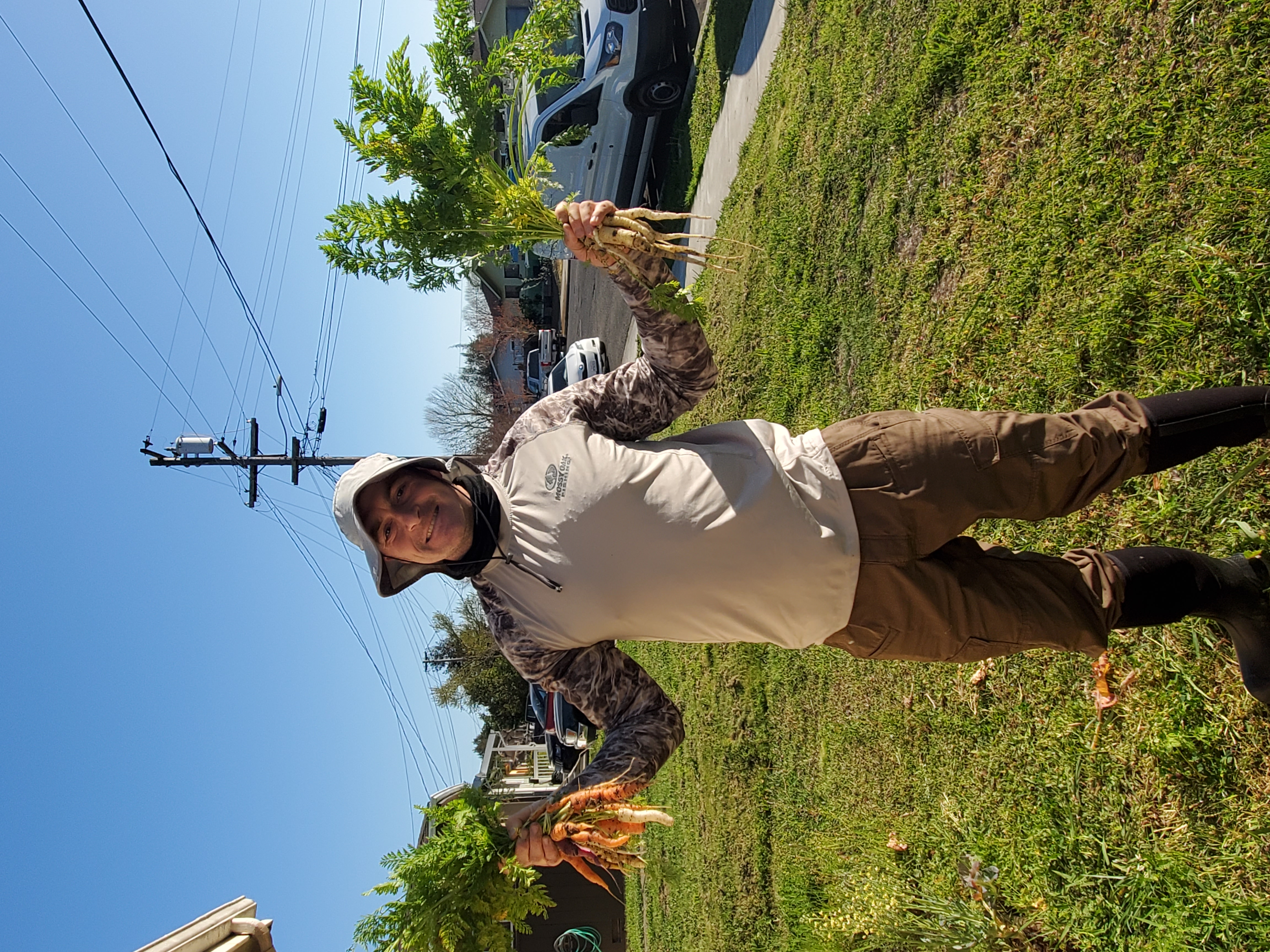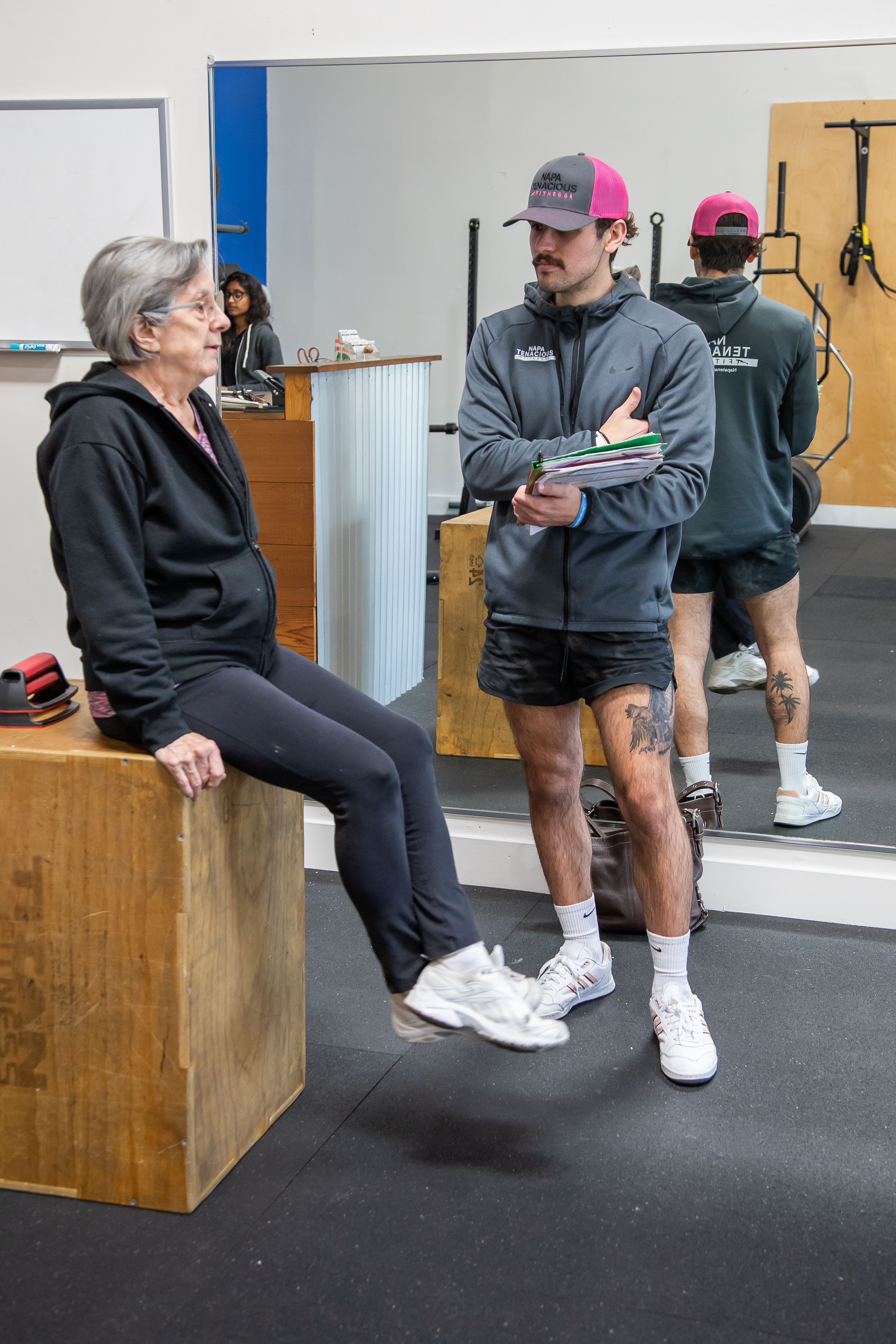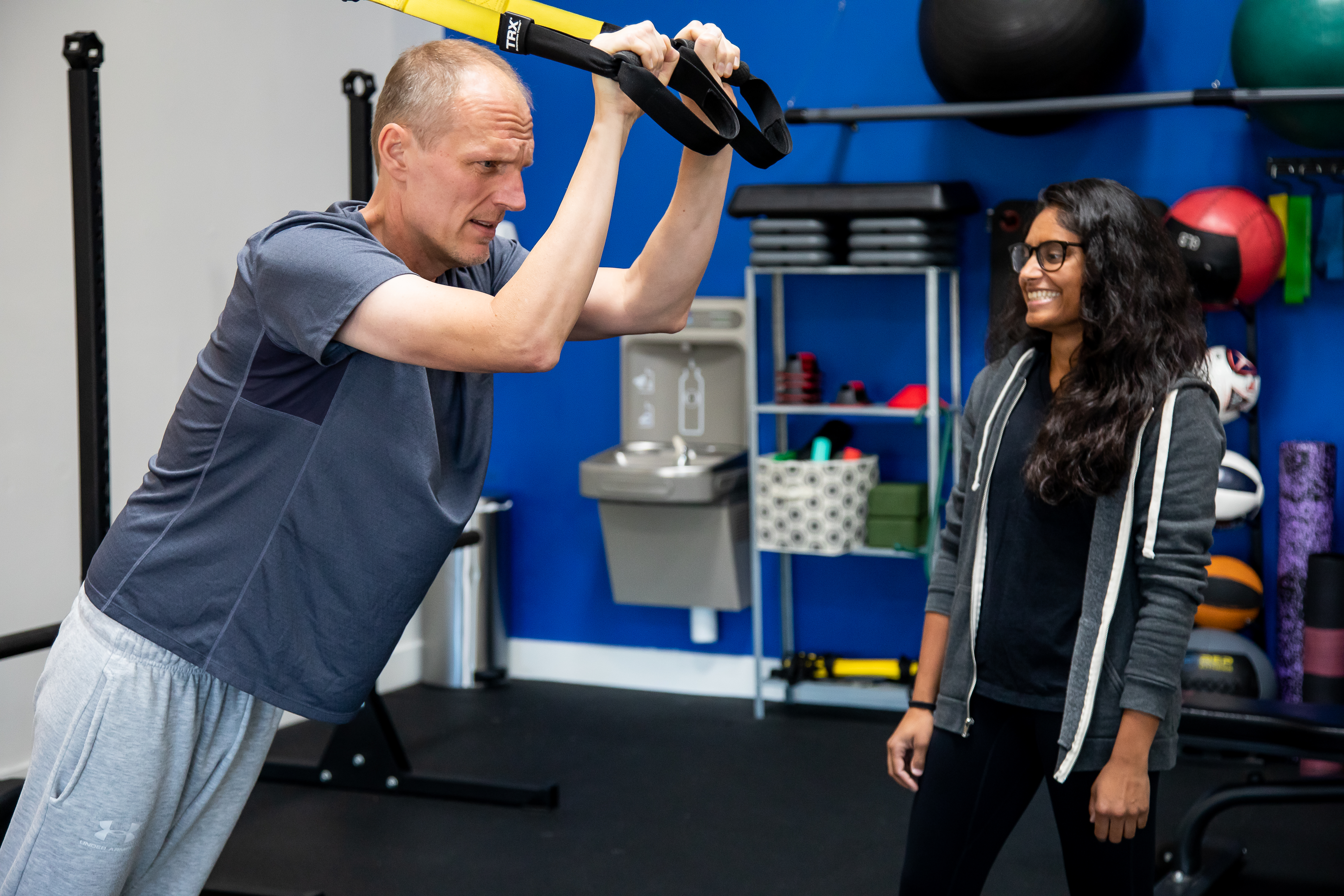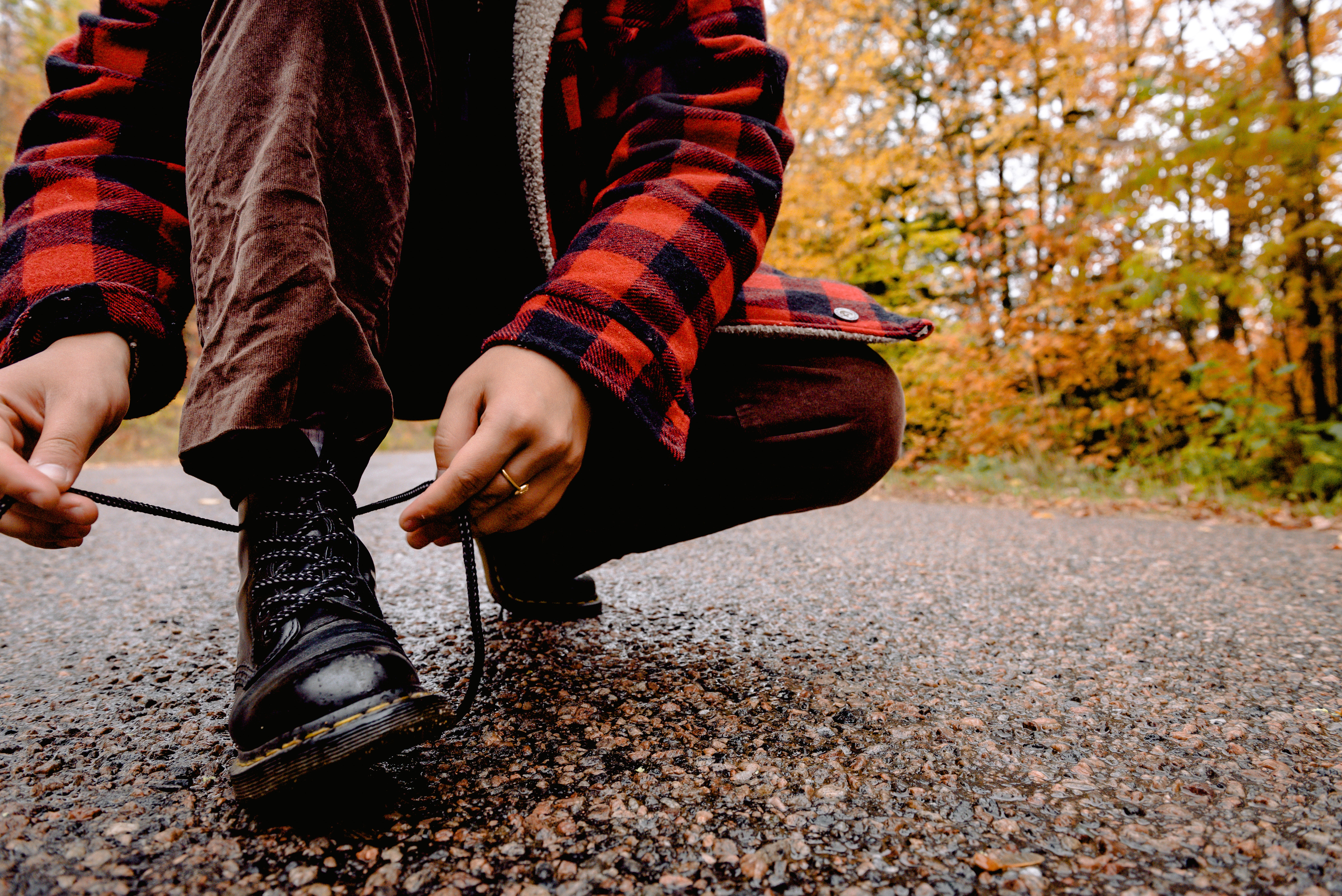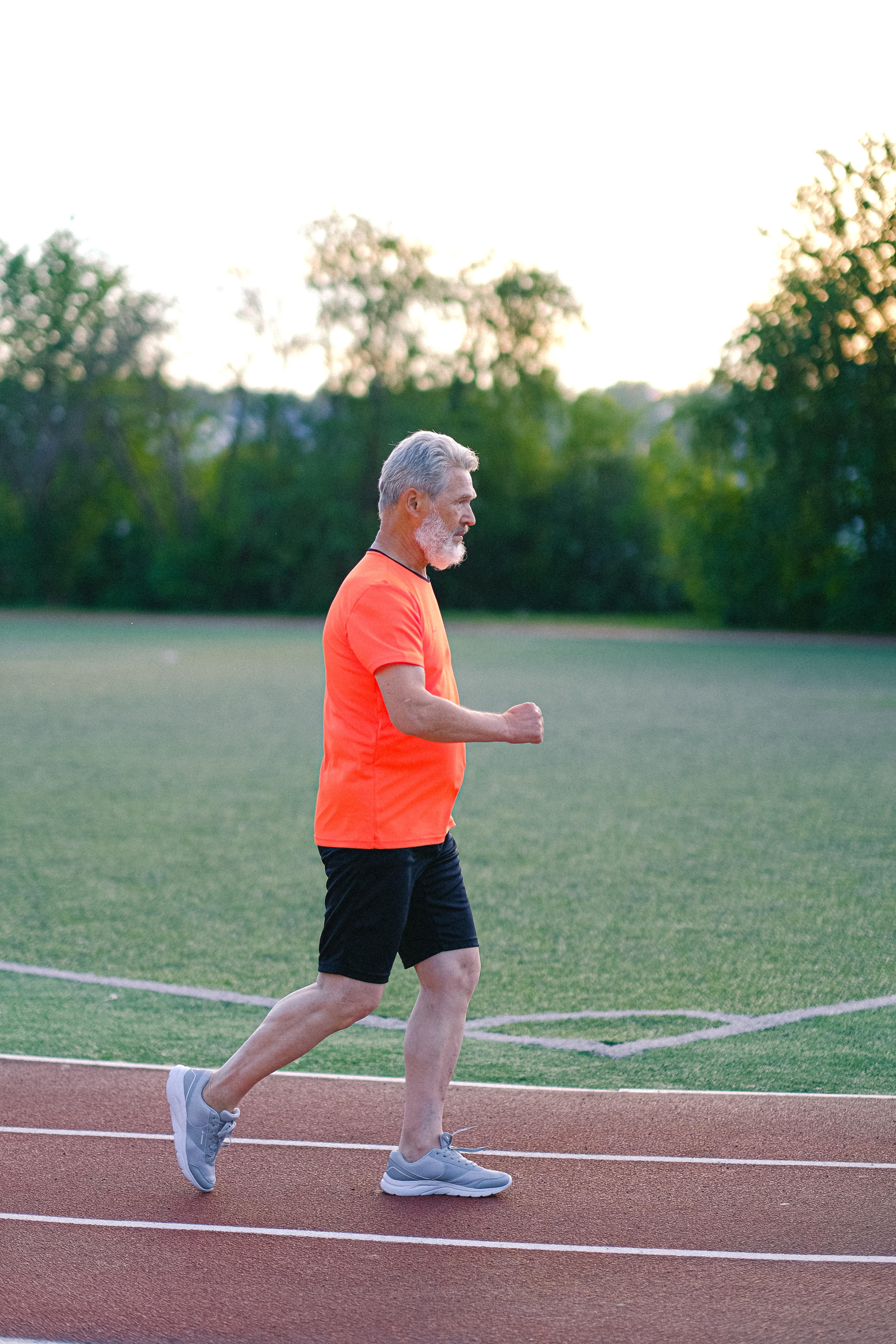In a world where nutritionists, exercise physiologists, and award-winning biologists have filled our archives of knowledge with countless amounts of valuable dietary and food documents to refer to. It’s challenging to know what decisions to make on choosing foods that best support our quality of life. Scientists have proven that diets consisting predominantly of red meat supports our organs, blood, and brain. History of cultures residing in the Mediterranean reveal people living happy and long lives consuming bread, pasta, espresso, and wine. Sherpas calling Mount Everest their backyard live in some of the most extreme environments in the world are able to endure high levels of physical stress while conducting their everyday life routines a few thousand feet from outer space. Some Sherpas claim their indominable body and spirit comes from their consumption of raw ginger and turmeric in their food and drinks. The eastern cultures of feudal to modern day Japan depict the antithesis of meat eaters being at the top of the food hierarchy by demonstration where they have existed for millennia on a diet consisting predominantly of soy and raw seafood.
Whispers in our ears of too much or not enough of a specific food can be heard everywhere we go. We’ll hear certain medical professionals state too much red meat, eggs, and cheese will clog our arteries with calcified cholesterol. On the other end, cutting edge literature is stating that consuming vegetables, fruits, and seeds aren’t meant to be consumed by humans due to certain digestive enzymes we lack to break down the chemicals in plant-based food. It’s probably no shock to some that soy-based products have gotten bad reputations due to suboptimal hormones that may or may not produce in our bodies with the consumption of soy-based foods. And, wait a minute, people are saying alcohol and caffeine are good for your heart and stress levels? These abundant rapid firing mixed signals can start sounding like someone might have chased that white rabbit down one too many holes and made a trip though Wonderland. With so many signs and suggestions to go one way while another directs us to do the opposite, where do we begin?
As the internet articles, social media posts, and revolutionary trail blazer of scientific nutritional research’s published award-winning book and start podcasts, the world has become a prolific library of knowledge that smacks us in the face with terms, rules, and definitions like bugs bombarding a motorcyclist’s face shield traveling ninety miles per hour down Highway 5. While this information is a potently cutting-edge ticket to a newer and brighter future for the choices we make with food, there’s just so much of it that we don’t know where to begin. A safe place to start is to look for foods unhindered by the act of processing food if we aren’t sure where to start with our nutritional goals of losing weight, fending off disease, or supporting energy levels. Processed foods are gathered, stored for long periods of time, cooked down, pulverized into a powder, emulsified with bonding chemical agents that only my peers who possess a PhD in organic chemistry can define, and wrapped in a package producing a shelf life that can last into the next ice age.
Can you recall the revolution of dial-up internet back in the nineties? That beautiful noise of a phone dialing followed by the static mumble of an AM radio station that hasn’t been tuned in? This was a long and drawn-out process to enter the world of the interwebs. Nowadays, we simply double tap our phone screens and we can surf the web to get what we’re looking for in a blazing fast Google search in less time it took to power up our computer in the glorious days of the Curt Cobain era. This example of slow processing compared to an efficient rapid act of processing relates to how we digest processed versus unprocessed foods.
By consuming overly processed foods such as the “just add water” meat in a Taco Bell Crunch Wrap Supreme, a bag of Doritos from the gas station, or a soda, we are telling our digestive system to break down these hyper processed foods at the speed of dial up internet. Preservatives cooked down and then recooked sugars and chemically bonded fats aren’t easily identifiable by our body’s digestive tract. The result is stressed out, inflamed, and slow-moving peristalsis of the smooth muscles that make up our intestines. This afflicted state of our intestines significantly impacts our digestive tract’s ability to absorb vital nutrients and transport them to nourish our body. Food influencing a challenging digestion process can cause bloating, inflammation of organs and blood vessels, and increased fat storage due to substates present in processed foods that are unable to disassociate into the body for nourishment and energy.
We live in the era of information. Over time, this research will continue to form a well-rounded understanding of what foods will supercharge our lives and what foods ruin our day. In the meantime, a great place to begin is by choosing foods that have just one ingredient. An egg, an apple, some almonds, or a simple glass of water. These foods haven’t been through an assembly line at a processing factory. Simple, undenatured, unprocessed, and raw food have the ability to efficiently log onto our Wi-Fi network in our digestive tract to be readily absorbable in our bodies to support our bodies to live happy, disease free, energetic, and stress-free lives.
Sean McCawley, the founder and owner of Napa Tenacious Fitness in Napa, CA, welcomes questions and comments. Reach him at 707-287-2727, napatenacious@gmail.com or visit the website napatenaciousfitness.com.


